Why Resistance to Change is All About Mindset
In some contexts, resistance to change is important, like in social and societal changes. We are progressing as a society because people resisted the status quo. So, resistance isn’t all negative. As change managers and leaders, we can learn a lot from what we hear from resistance. Ultimately, resistance to change can be a powerful catalyst for broader societal changes that serve the greater good!
But when we are talking about an organizational change, like a merger, acquisition, reorganization, or large-scale transformation initiative, this is when resistance within the organization can cause problems in your change initiative.
At Connected Change™ we talk about how resistance to change comes from many sources, not just people! Stay tuned for next week where we pull this apart in more detail, but before we get there, when you’re dealing with personal resistance, its helpful to think about the two types of change. Yes, there are only 2 types.
Change that you’re leading and driving and…
Change that happens TO YOU.
It is part of human nature to resist change (that’s a whole other article!) But, we resist change the most when it happens to us because we as humans, want to have control over our circumstances and our environment. Its really that simple.
I truly believe that resisting change is a choice, and it all has to do with mindset. You don’t HAVE to resist change, in fact, when change, out of your control happens to you, you have 5 options:
Opt-out: Ultimately if the change isn’t going to work for you, you’ve always got the option to leave the organization. Opting out means that you’ve decided that you’re willing to let go, move on, and find a future elsewhere. The thing we all need to reconcile, is that this choice is a valid one! No judgement.
Resist: Resistance is a choice! You can make the decision to resist the change, actively sabotage it or just decide that the change isn’t going to happen, not on your watch. Resistance is personified by digging your heels in and finding as many ways as possible to say no or avoid the change.
Ignore: Denial is another choice that we have! Why overtly resist the change when we can just ignore or deny that it is happening at all! While this is also resistance but just looks very different, it is another choice that we have.
Comply: Once we come to realise that the change is going to happen no matter what, we have the choice to just comply and get it over with! I liken this to going to the dentist when you know you have to. Resistance or denial may work for a while, but ultimately, you need to go, and you do it even though you don’t like it. Compliance looks like participation, but at the bare minimum. Sometimes this is ok, and all you need to make a change happen. Not everyone will be in the last category…
Enlist: This is when you actively sign up for, accept and enthusiastically embrace the change. This is where we all want to be, and the ultimate goal of every change program. Get people motivated, bought in and excited about change!
The difference between choosing to Enlisting and the other choices comes down to mindset. Do you have a growth and abundance mindset, and believe that change brings opportunity, or do you think that change is horrible, hard, and something to be endured? Mindset is what defines how people resist and ultimately respond to change. In the end, it is all about choice, and free will, and hopefully a willingness to approach change with openness, abundance and opportunity.
If you liked this post, you’ll find more from us in our monthly Navigator Newsletter. We share exclusive content and free resources with our subscribers. Don’t miss out, sign up today!
We also have a weekly podcast - Listen to the Change Course podcast on your favourite podcast app!

